Concrete post footing and general post guidelines.
newbie_07
15 years ago
Featured Answer
Sort by:Oldest
Comments (12)
newbie_07
15 years agoRelated Professionals
Brooklyn Park Decks, Patios & Outdoor Enclosures · Castle Rock Decks, Patios & Outdoor Enclosures · Del City Decks, Patios & Outdoor Enclosures · Paradise Valley Decks, Patios & Outdoor Enclosures · Urbana Decks, Patios & Outdoor Enclosures · Hunt Valley Home Builders · Lakeville Flooring Contractors · Oswego Flooring Contractors · Randolph Flooring Contractors · Turlock Flooring Contractors · Bountiful Siding & Exteriors · Charlotte Siding & Exteriors · Cherry Hill Siding & Exteriors · Woodbridge Siding & Exteriors · Oakville Siding & Exteriorsjohn_hyatt
15 years agoriles_j
15 years agoaidan_m
15 years agonewbie_07
15 years agoriles_j
15 years agodooer
15 years agoslippery_biscuit
15 years agonewbie_07
15 years agoaidan_m
15 years agodiynj
15 years ago
Related Stories
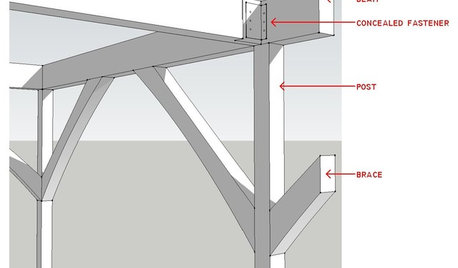
REMODELING GUIDESKnow Your House: Post and Beam Construction Basics
Learn about this simple, direct and elegant type of wood home construction that allows for generous personal expression
Full Story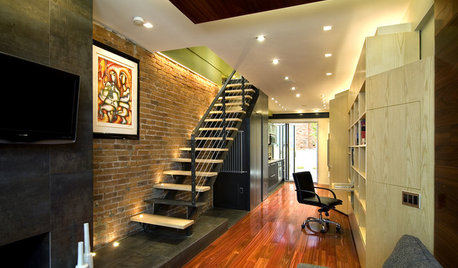
HOUZZ TOURSDesign Lessons From a 10-Foot-Wide Row House
How to make a very narrow home open, bright and comfortable? Go vertical, focus on storage, work your materials and embrace modern design
Full Story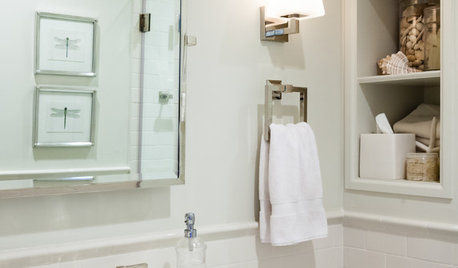
ROOM OF THE DAYRoom of the Day: An 8-by-5-Foot Bathroom Gains Beauty and Space
Smart design details like niches and frameless glass help visually expand this average-size bathroom while adding character
Full Story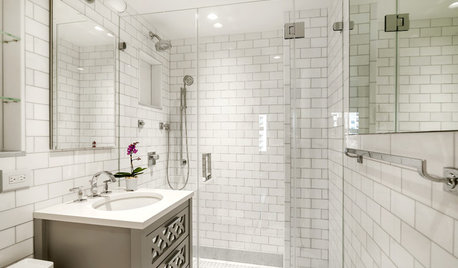
BATHROOM WORKBOOK5 Ways With a 5-by-8-Foot Bathroom
Look to these bathroom makeovers to learn about budgets, special features, splurges, bargains and more
Full Story
SMALL KITCHENSHouzz Call: Show Us Your 100-Square-Foot Kitchen
Upload photos of your small space and tell us how you’ve handled storage, function, layout and more
Full Story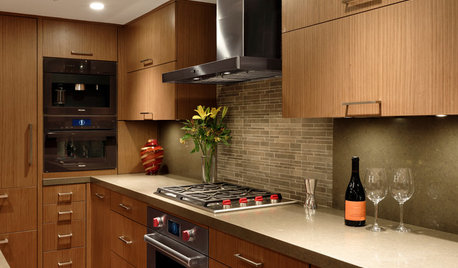
SMALL KITCHENSThe 100-Square-Foot Kitchen: Fully Loaded, No Clutter
This compact condo kitchen fits in modern appliances, a walk-in pantry, and plenty of storage and countertop space
Full Story
LIFEThe Polite House: On Dogs at House Parties and Working With Relatives
Emily Post’s great-great-granddaughter gives advice on having dogs at parties and handling a family member’s offer to help with projects
Full Story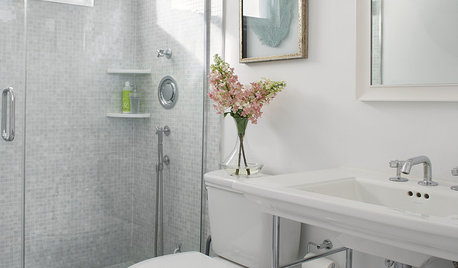
HOUZZ CALLHouzz Call: Show Us Your 8-by-5-Foot Bathroom Remodel
Got a standard-size bathroom you recently fixed up? We want to see it!
Full Story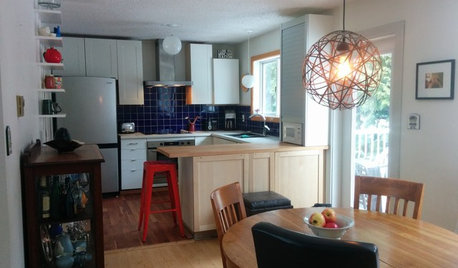
SMALL KITCHENSThe 100-Square-Foot Kitchen: One Woman’s $4,500 DIY Crusade
Teaching herself how to remodel, Allison Macdonald adds function, smarter storage and snazzier materials
Full Story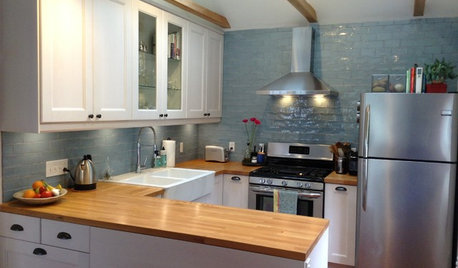
MOST POPULARThe 100-Square-Foot Kitchen: A Former Bedroom Gets Cooking
DIY skill helps create a modern kitchen where there wasn’t one before
Full StoryMore Discussions








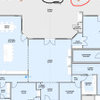
aidan_m